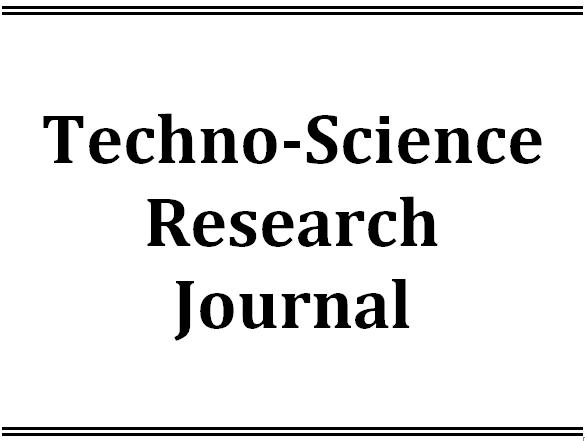Latest Issue
Document 01
Published: August 21,2025The 14th Scientific Day : Leveraging R&D for Innovation and Growth
Published: July 15,2025Effect of Different Irrigation Methods on Water Use Efficiency in Rice Soil Column Test
Published: April 30,2025Optimization of Extraction Condition for Oleoresin from Red Pepper Residues
Published: April 30,2025Bus Arrival Time Prediction Using Machine Learning Approaches
Published: April 30,2025A Deep Learning Approach for Identifying Individuals Based on Their Handwriting
Published: April 30,2025The Effect of Vibration Amplitude and Frequency on the Fatigue Life
-
1. Mechanical Engineering Department, Institut de Technologie du Cambodge
Academic Editor:
Received: January 20,2024 / Revised: / Accepted: January 20,2024 / Available online: June 01,2013
In this paper, the relationship between vibration and fatigue life of metal has been investigated. To perform the research, finite element method is used to design two types of steel specimen before the experiment under bending load is conducted on an electro dynamic shaker. In the experiment, the tested frequenciesare around the first natural frequency of the specimens and they are carried out at the frequency ratios r = f/fn (f = excitation frequency, fn = natural frequency) = 0.9010, 0.9792, 1.0000, 1.0200, 1.0900. The frequency ratio is used instead of frequency in order to get rid of the error occurs because the first natural frequencies of the specimens are not exactly the same. The amplitude of the vibration is conducted at the constant acceleration of 10g (g = 9.81m/s2). The results from both finite element method and experiment show that at the constant acceleration with respect to the variation of frequency ratio, the fatigue life increases as the frequency ratio increases.

